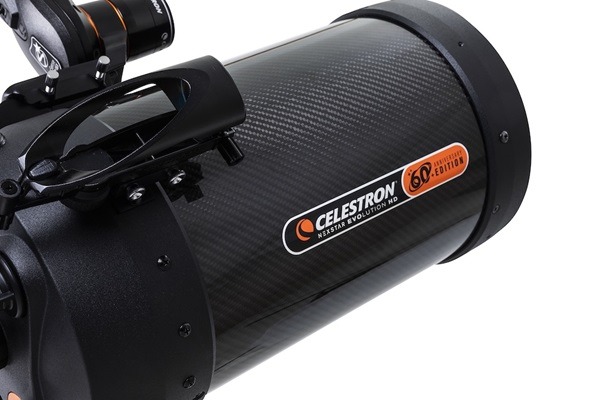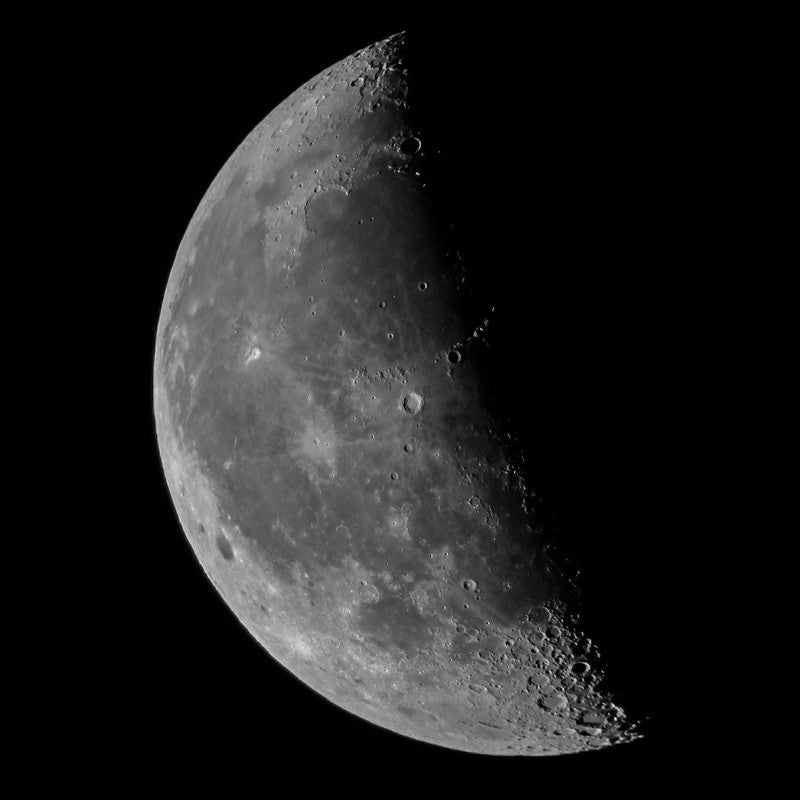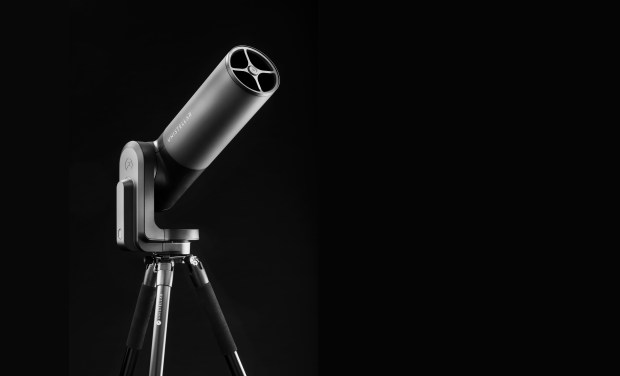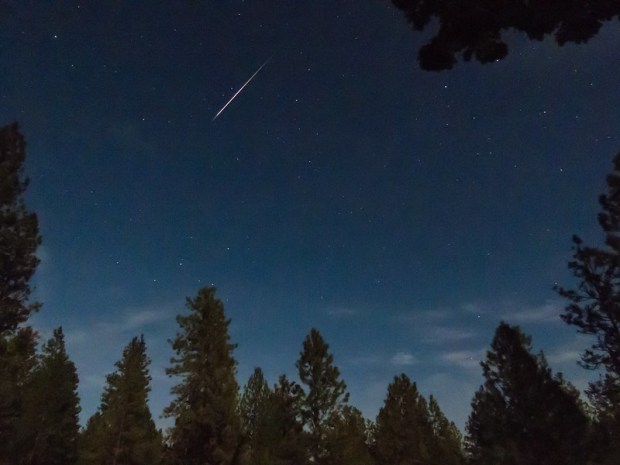Star color
The surfaces of stars radiate at different temperatures, which to our eyes appear as different colors: Blue stars are hot; red stars are cool; yellow-white stars (like our Sun) are in between. If you view a star in focus, its color can be difficult to pin down. It can change in a matter of milliseconds because of the refractive effects of our ever-moving atmosphere. When it does, it displays an array of prismatic colors as it scintillates (twinkles) like a diamond under light.
Viewing the same star at high power and slightly out of focus averages out the scintillation, leaving us with a good representation of the star’s true color. This method helps especially in double star observing; just be sure not to rack the stars so far out of focus that the disks overlap.
Variable star brightness
Observers often try to estimate the brightnesses of variable stars (those that change in brightness). To do this, they use comparison stars that lie nearby (or better yet, in the same field of view). Sometimes, it’s hard to judge the brightness of faint variables.
One way to improve your accuracy is to keep racking the variable out of focus until either it or a similarly bright comparison star disappears. The first one to vanish from view is the fainter of the two; if, however, they disappear simultaneously, you won’t have to repeat the process with another comparison star.
Amateur astronomers use two different acceptable methods to accurately determine the brightness of a comet that sports a significant coma. The first is the Vsekhsvyatskij-Steavenson-Sidgwick method, where you compare a memorized in-focus image of the comet to a defocused image of a comparison star.
The second is the O’Meara-Morris method, where you defocus the stars more than the comet. This yields a more correct surface brightness for the images of both the comet and star. See http://www.icq.eps.harvard.edu/ICQMM.html for more details.
Cluster patterns
Do you enjoy drawing deep-sky objects, especially fanciful open star clusters? One way to enhance patterns of stars within them is to slightly defocus the view. Doing so blends the light of individual points and reveals the most pronounced stellar groupings and intervening voids more distinctly.
Dark nebulae
Although they can look inky black and dramatic in images, dark nebulae can be difficult to detect visually if they don’t appear against a bright region of Milky Way. So, if the nebula winds through star fields interlaced with regions devoid of bright stars, you might lose the dark nebula among the web-like confusion.
The remedy is to slightly defocus the Milky Way until it appears as a smooth background glow. Against it, the size and shape of the dark nebula will stand out.
It also helps to focus your attention on the darkness rather than the light. You may think it odd, but “telling” your eyes what to see can help you focus on your target in the out-of-focus field.
As always, please send your thoughts related to my column to sjomeara31@gmail.com.










